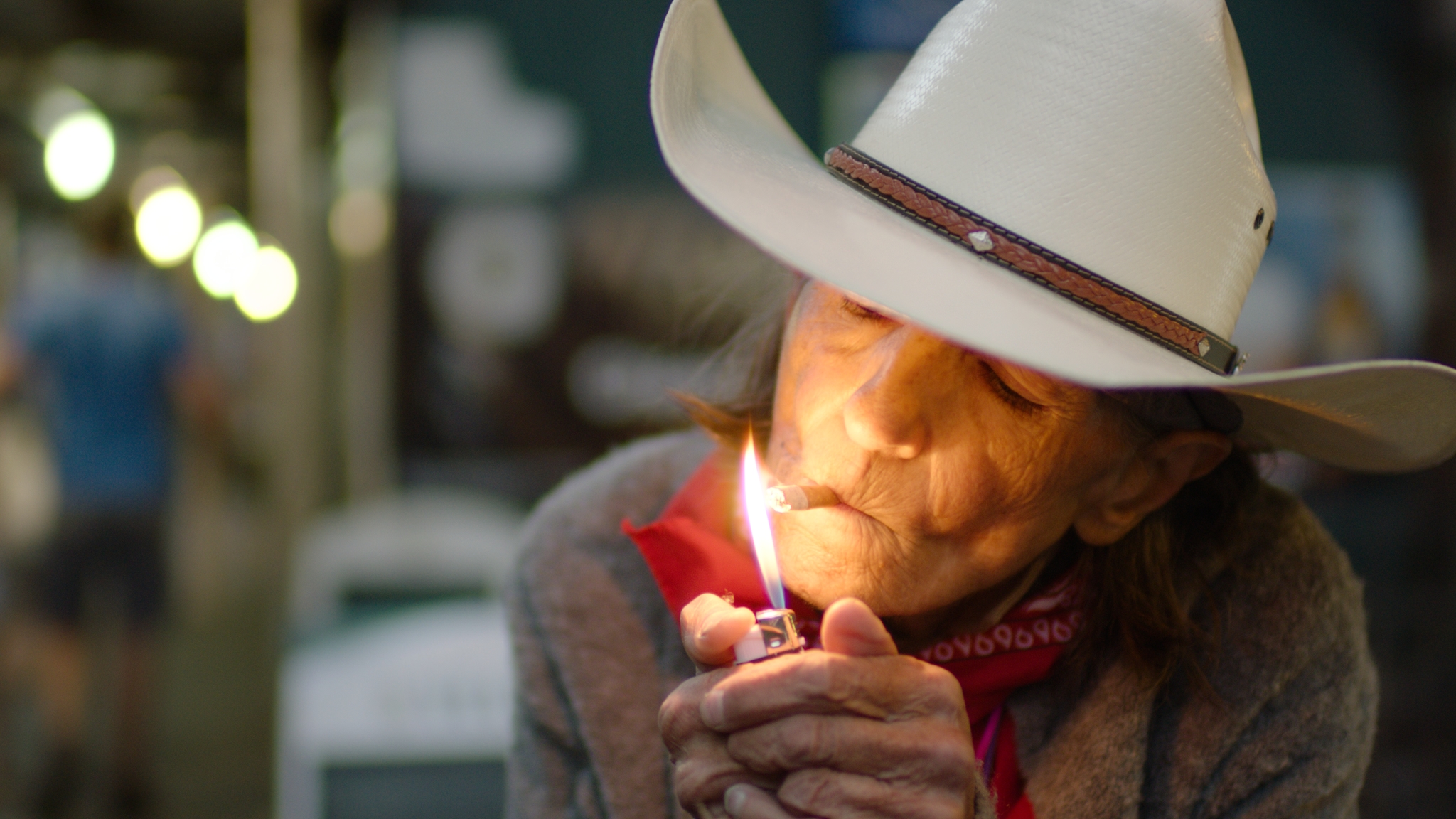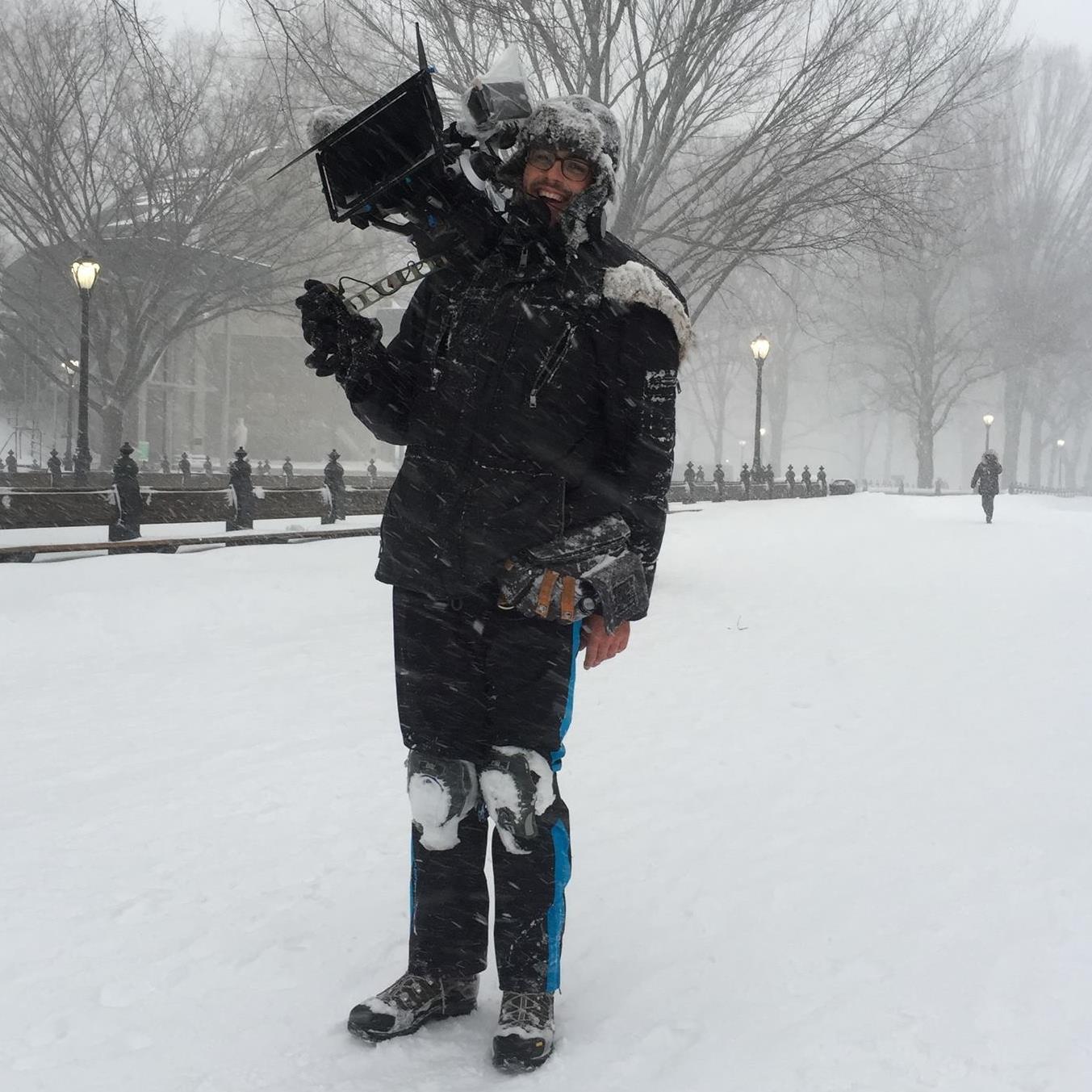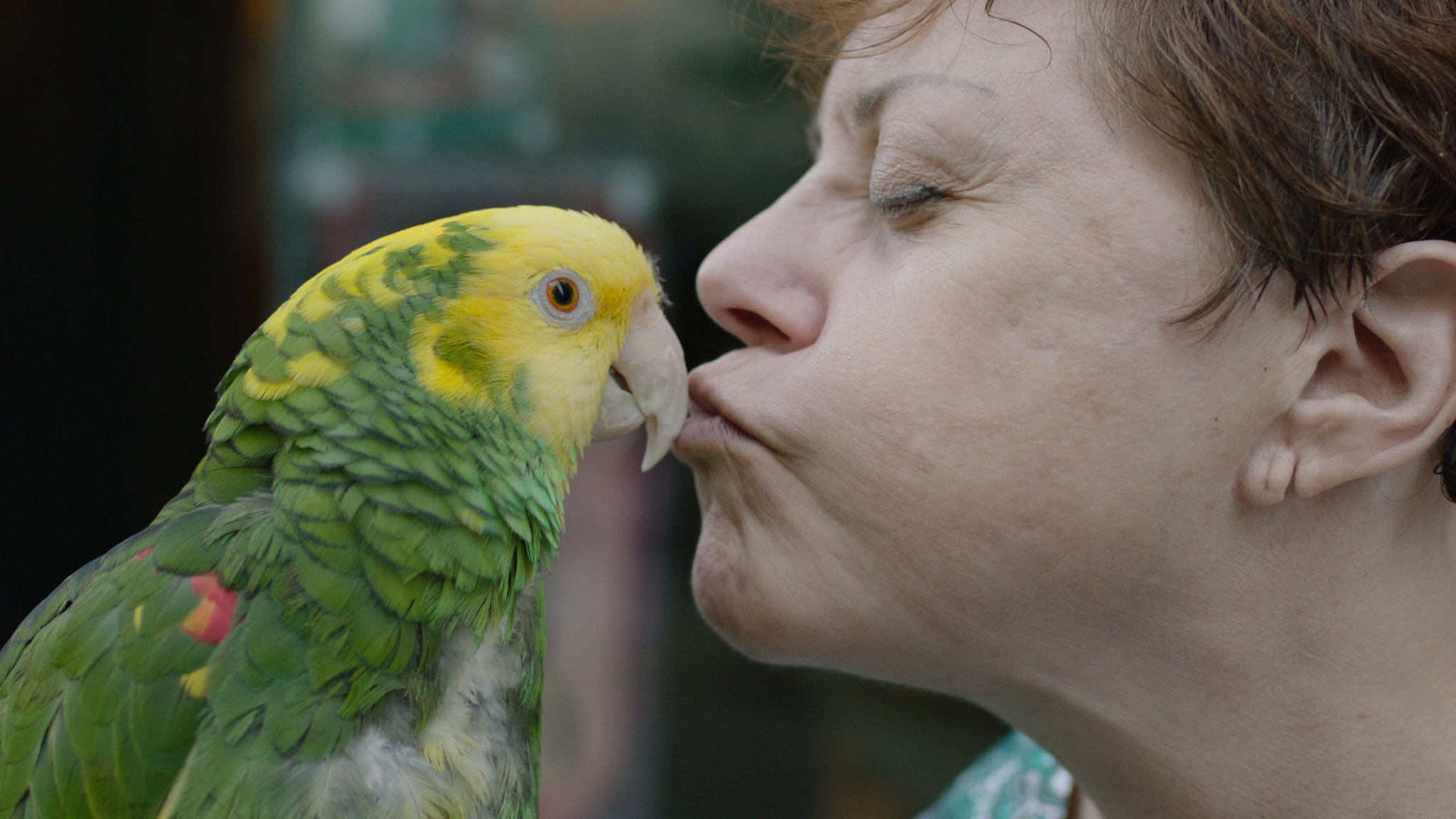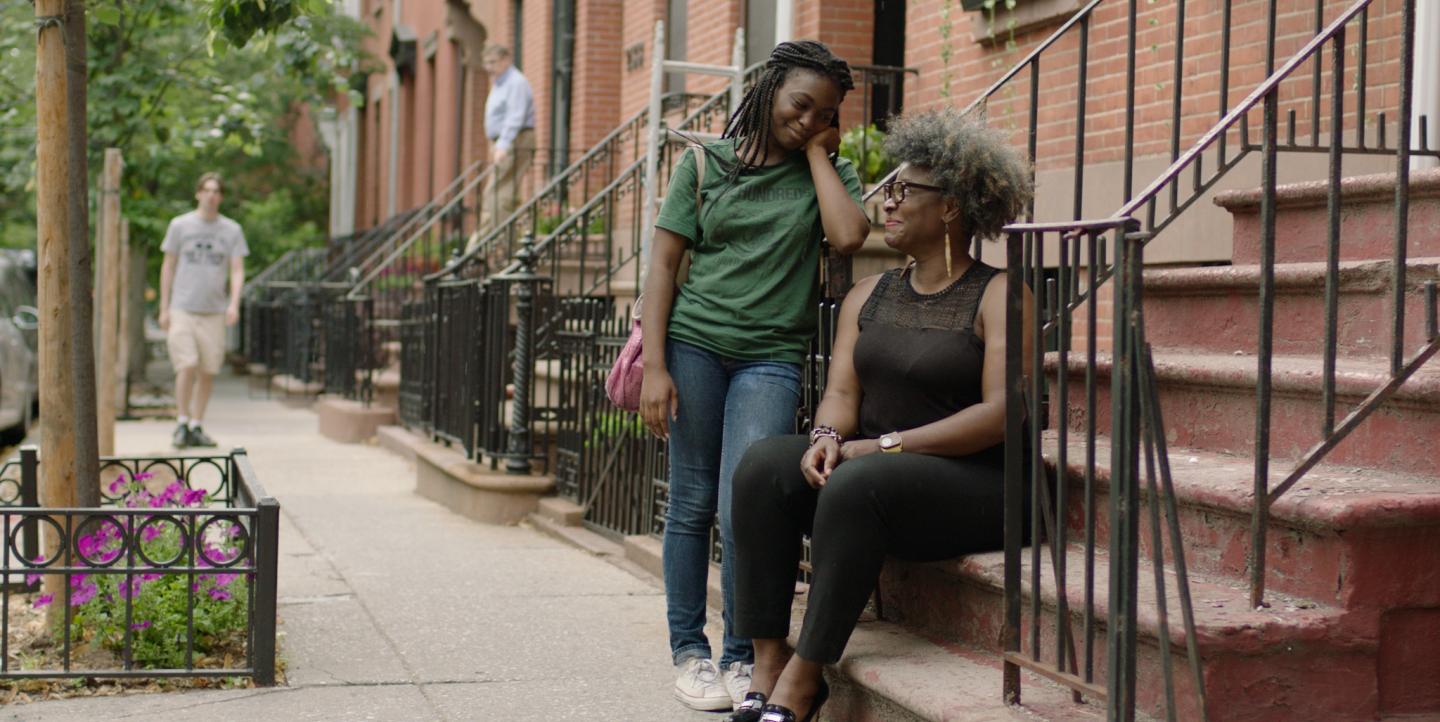Humans of New York (HONY) is one of the most successful storytelling initiatives in digital history. Founded in 2010 by self-taught photographer Brandon Stanton, the project’s photoblog, which chronicles the stories of New York residents through brief interviews, and associated social media accounts have racked up over 25 million followers.
In 2014, Stanton hired New York photographer and filmmaker Michael Crommett to collaborate on making a documentary version of the project. Late last year, Facebook approached the pair to make a 13-season show, and Humans of New York: The Series became one of the inaugural offerings on Facebook Watch.
Crommett spoke with IJNet about how he and Stanton approached the project.
IJNet: How do you make a successful stills series work as video?
Crommett: Even in our initial meetings in 2014, Brandon's vision was ambitious: work for hundreds of days, interview strangers as he had done on the blog and combine those seemingly disparate pieces into a cohesive whole.
When the Facebook Watch commission came in, we went from working as an independent duo on a tight budget to a team of 12. By the end of production, we had interviewed over 1,200 strangers and filmed more than 3,000 shots of B-roll to create a comprehensive view of New York and its denizens. We developed a filming style that paid homage to the photography for which Humans of New York is known.
Our first few test shoots used a standard zoom lens, but left us with the feeling that the footage didn't feel like HONY. We solved this by filming almost exclusively on a 35mm prime lens.
Using a single focal length is a common technique in fiction films, employed by people like Yasujirō Ozu or Wes Anderson as a way of boxing in the characters in their films. Using it for this project created a visual style rarely seen in documentaries, but which mirrored Brandon's original photography.
Speaking on camera can be intimidating if you compare it to having your photo taken. How did you get the same kind of personal authenticity in the video interviews as the first-person captions on the photoblog?
 In terms of visual style, Brandon and I would settle on a shot size for the entire interview based on what best suited the subject — similar to how a stills portrait would work. Brandon uses a 50mm lens on a full-frame camera when shooting photography, so the 35mm prime lens combined with the Arri Amira’s Super 35 sensor established a visual common ground with the blog.
In terms of visual style, Brandon and I would settle on a shot size for the entire interview based on what best suited the subject — similar to how a stills portrait would work. Brandon uses a 50mm lens on a full-frame camera when shooting photography, so the 35mm prime lens combined with the Arri Amira’s Super 35 sensor established a visual common ground with the blog.
On wider shots, the lens compressed the background more than a shorter focal length, separating the subjects from the city and creating an environment in which to share their experience.
Using that lens, though, you’re inches from the subject’s face for close-up shots. Normally you’d use a lens that allows for a longer focal length so you can be further away. But if you think about this another way — and work with the subject so they understand this too — the camera entering their personal space provides intimacy and access to their interior selves.
What camera rig did you use?
With the exception of time-lapses and some early interviews, the project was shot on an Arri Amira using almost exclusively a 35mm Zeiss CP.2 Lens. I shot the project solo, doing audio on two Lectrosonics wireless systems and using Sanken COS-11D microphones.
Do you have some suggestions for cheaper equipment that can achieve similar results?
I prefer shoulder-mounted solutions when it comes to cameras, so I currently use a Panasonic Varicam LT with a Canon 17-120mm lens.
This system is not practical for most people. I recommend mirrorless cameras like the Panasonic Lumix GH5 or the Sony A7, both of which are great options for filmmakers on a budget. [You should] get a zoom lens with a good range (24-105mm or similar.) And if you'd like to emulate the style of the series, a Rokinon 35mm T1.5 Cine lens could do the trick for only US$500.
Whatever camera you buy, I recommend investing in an electronic viewfinder as opposed to an external monitor. This helps guarantee that glare or other external forces don't disrupt your ability to frame, expose and focus.
Humans of New York: The Series was billed as Season 1. Will there be a Season 2?
As of now, there is only one season, but Brandon and I continue to collaborate. You'll be hearing from us very soon about a new project that is a departure from Humans of New York.
What three tips do you have for filmmakers keen to experiment with personal storytelling?
 1. Have patience. Oftentimes, the days in which I feel the most aimless turn out to reveal the strongest moments by sitting back and observing. Life has a habit of sneaking up on you. Try to sneak around to find life.
1. Have patience. Oftentimes, the days in which I feel the most aimless turn out to reveal the strongest moments by sitting back and observing. Life has a habit of sneaking up on you. Try to sneak around to find life.
2. Keep both eyes open. I struggle with this one a lot. You are covering a scene, but meanwhile, there is a subtext developing or a stronger scene elsewhere in the area that you are not aware of or didn't prepare for. Rely on your director, or even your sound person, to help you scope those out so you don’t get tunnel vision.
3. When in doubt, widen out and hold the shot. When a moment is chaotic or confusing, go to the widest lens you have and simply record the whole environment. Then you will be in a better position to decide what to focus back in on.
This interview has been edited and condensed for clarity.
Images courtesy of Humans of New York.

